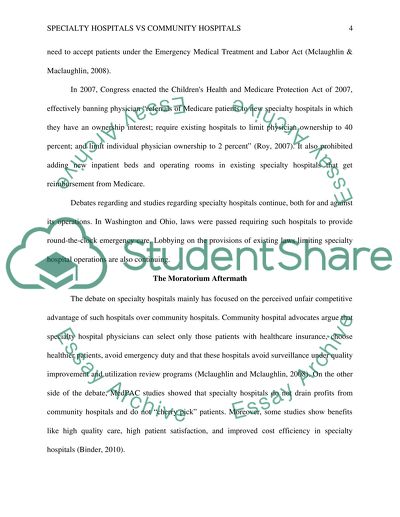Cite this document
(“Specialty Hospitals and Community Hospitals Research Paper”, n.d.)
Specialty Hospitals and Community Hospitals Research Paper. Retrieved from https://studentshare.org/health-sciences-medicine/1462121-specialty-hospitals-and-community-hospitals
Specialty Hospitals and Community Hospitals Research Paper. Retrieved from https://studentshare.org/health-sciences-medicine/1462121-specialty-hospitals-and-community-hospitals
(Specialty Hospitals and Community Hospitals Research Paper)
Specialty Hospitals and Community Hospitals Research Paper. https://studentshare.org/health-sciences-medicine/1462121-specialty-hospitals-and-community-hospitals.
Specialty Hospitals and Community Hospitals Research Paper. https://studentshare.org/health-sciences-medicine/1462121-specialty-hospitals-and-community-hospitals.
“Specialty Hospitals and Community Hospitals Research Paper”, n.d. https://studentshare.org/health-sciences-medicine/1462121-specialty-hospitals-and-community-hospitals.


